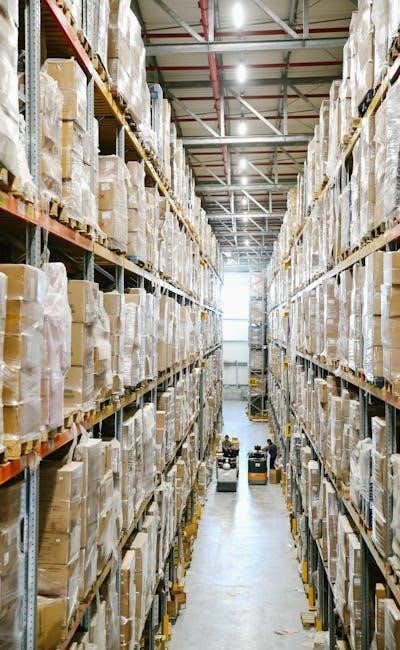
The procurement of scrap metal in bulk‚ often from ‘dumps’ representing industrial surplus‚ demolition sites‚ or salvage operations‚ presents a unique set of challenges and opportunities within the recycling industry. Successful negotiation is paramount to maximizing profit and securing sustainable returns. This article details key strategies for optimizing pricing in these transactions‚ covering aspects from initial assessment to final settlements.
I. Understanding the Market Landscape
The scrap metal market is driven by global commodities prices‚ fluctuating demand‚ and regional supply dynamics. Market rates for both ferrous (iron & steel) and non-ferrous metals (aluminum‚ copper‚ brass‚ etc.) are constantly shifting. Prior to any negotiation‚ a thorough cost analysis is essential. This includes current pricing indices (e.g.‚ Fastmarkets‚ Argus)‚ regional variations‚ and anticipated future trends. Understanding these factors establishes a baseline for acceptable purchase costs.
A. Material Grades & Identification
Accurate identification of material grades is critical. Mixed loads require careful sorting‚ impacting processing costs. Clearly defining acceptable and unacceptable materials upfront avoids disputes. Detailed specifications within contracts are vital. Misrepresentation of material grades can significantly erode margins.
B. Supply Chain Considerations
Logistics and transportation represent a substantial portion of the overall cost. Assess proximity to your processing facility‚ available transportation options (truck‚ rail‚ barge)‚ and associated freight rates. Negotiate favorable transportation terms with suppliers or consider incorporating these costs into the overall purchase price. Efficient inventory management is also crucial.
II. Negotiation Strategies & Tactics
Effective negotiation tactics require preparation and a clear understanding of the seller’s motivations. Whether dealing directly with suppliers or through brokers‚ the following strategies are recommended:
- Due Diligence: Thoroughly inspect the dump site. Quantify the estimated tonnage of each material grade.
- Competitive Bidding: If possible‚ encourage multiple bidding rounds to drive down prices. Consider participating in auctions.
- Volume Discounts: Leverage bulk buying power to secure significant volume discounts. Clearly articulate your capacity to handle large quantities.
- Payment Terms: Negotiate favorable settlements terms (e.g.‚ net 30‚ prompt payment discounts).
- Contingency Clauses: Include clauses addressing unforeseen issues (e.g.‚ contamination‚ inaccurate weight estimates).
- Long-Term Contracts: Explore the possibility of establishing long-term contracts with consistent suppliers to secure stable pricing and supply.
III. Maximizing Value & Mitigating Risk
Beyond initial pricing‚ maximizing value requires a holistic approach. Consider the following:
- Processing Efficiency: Optimize your processing capabilities to minimize costs and maximize recovery rates.
- Market Access: Secure reliable outlets for your processed scrap metal.
- Risk Management: Implement robust quality control procedures to minimize the risk of accepting contaminated or misrepresented materials.
- Broker Relationships: Cultivate strong relationships with reputable brokers who can provide access to a wider range of opportunities.
IV. Financial Considerations
Accurate cost analysis is paramount. Factor in all expenses – purchase price‚ transportation‚ processing‚ labor‚ and overhead – to determine a realistic breakeven point. Monitor margins closely and adjust negotiation strategies accordingly. Understanding the interplay between supply and demand is crucial for predicting future price movements and optimizing profit.
Successfully navigating the wholesale scrap metal market requires a combination of market knowledge‚ strategic negotiation skills‚ and efficient operational practices. By focusing on value‚ mitigating risk‚ and maintaining a disciplined approach to cost analysis‚ businesses can achieve sustainable returns and thrive in this dynamic industry.



This article provides a remarkably concise and practical overview of bulk scrap metal procurement, demonstrating a clear understanding of the intricacies involved. The emphasis on market analysis, particularly referencing established pricing indices, is commendable. Furthermore, the delineation of material grade identification and supply chain considerations as pivotal negotiation points is astute. The piece is well-structured and would serve as an invaluable resource for professionals operating within the recycling and materials management sectors. A highly informative and well-written contribution to the field.